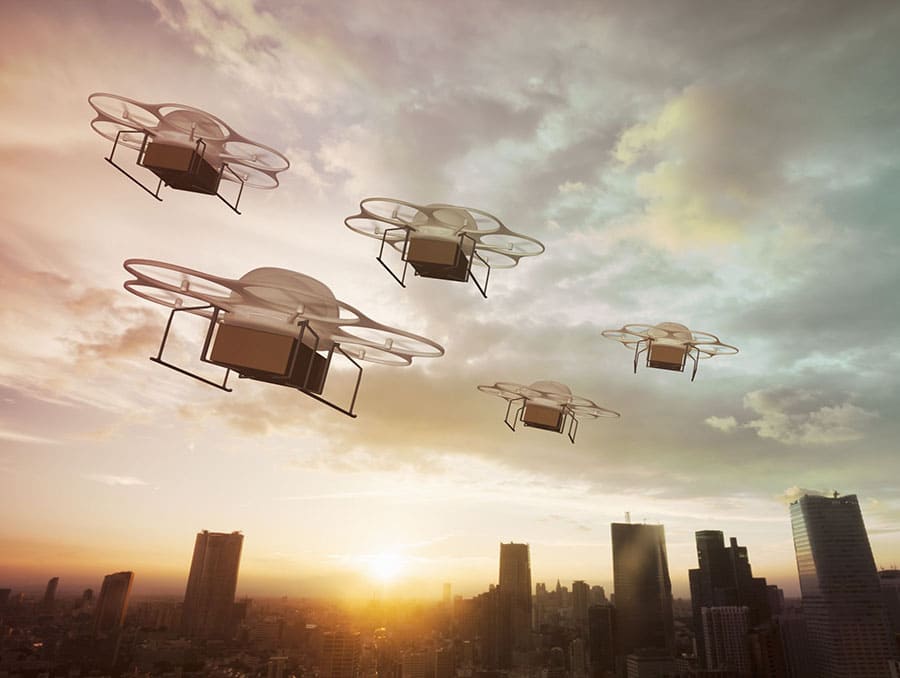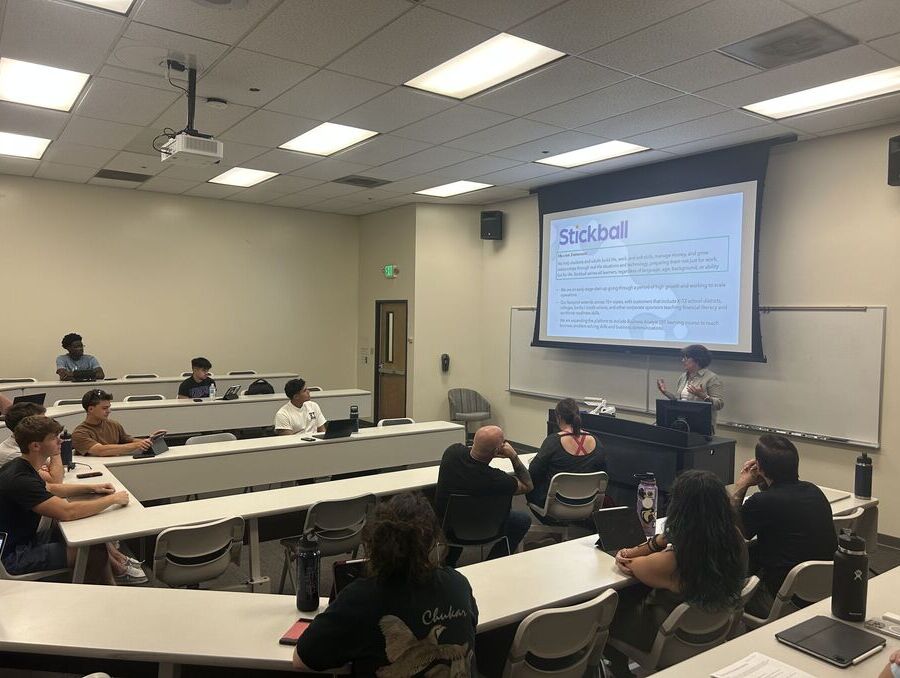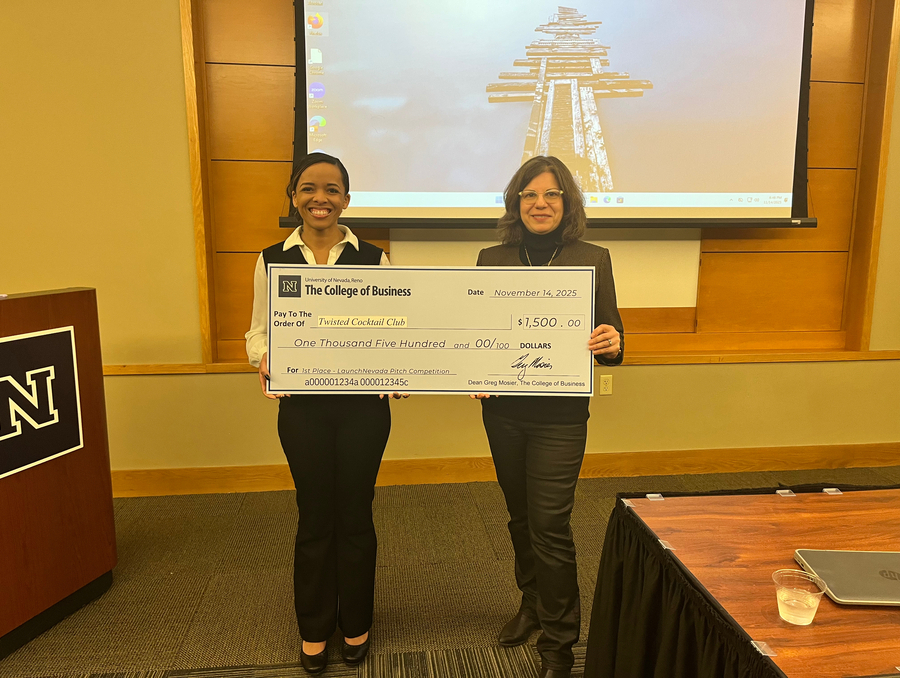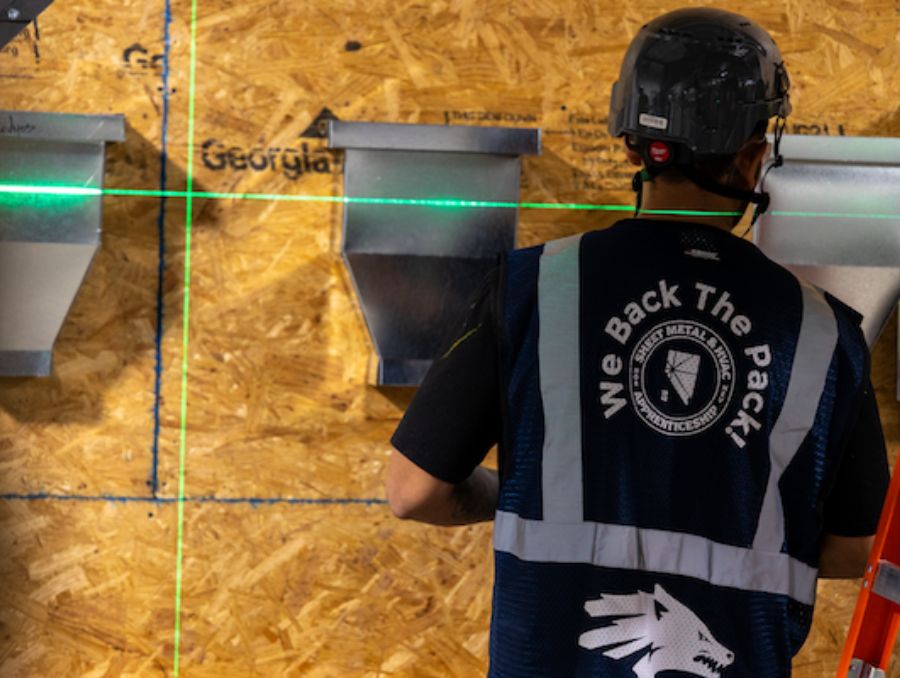Ever since companies like Amazon made groundbreaking announcements about their intended use of drone technology for last-mile retail deliveries, there has been a growing interest in understanding how logistics networks will evolve with the expanding technology. The topic gains further significance in the post-COVID-19 era, with the demand for hands-free doorstep delivery expected to skyrocket.
New research from the University of Nevada, Reno College of Business and the University of Texas at Dallas Naveen Jindal School of Management offers insights about the structure of emerging retail drone delivery networks and the best delivery strategies for these networks.
In the article, "Retail Deliveries by Drones: How Will Logistics Networks Change?" published in Production and Operations Management Journal, Sandun Perera, assistant professor of managerial sciences at the University of Nevada, Reno, along with researchers from the University of Texas at Dallas: Milind Dawande and Ganesh Janakiraman, operations management professors, and Vijay Mookerjee, information systems professor, investigate how the structure of last-mile delivery networks will be affected by the wide adoption of drone technology by retailers. Last-mile delivery is understood as the movement of goods from a transportation hub or warehouse to their destination.
“With more people shopping from home, the need for faster delivery speeds has become a priority and concern for many buyers,” Perera said. “With drones already being used and tested in some cities throughout the world, it is clear that drone technology will disrupt and change the face of last-mile logistics and delivery networks.”
With drone technology, retailers can reach their customers faster than ever before and can accomplish their delivery goals with fewer centers using a more centralized distribution network. However, along with the faster drone delivery speeds, if retailers decide to increase the number of delivery centers, i.e., a more decentralized network, then retailers can increase their demand by attracting “delivery-time-sensitive” customers with unmatched delivery-time guarantees.
“When drone technology becomes more advanced and cost-effective, retailers' last-mile delivery networks may become increasingly decentralized,” Perera said.
Perera points out that increased decentralization could have some unintended consequences. For instance, an increased number of distribution centers could lead to what he refers to as “congestion in the skies.”
According to the article, companies like Amazon have patents and the infrastructure in place to build floating warehouses. These warehouses will drop drones from the sky in order to deliver products to customers in various zones/regions. Therefore, the researchers discuss possible policy implications for regulatory authorities such as the Federal Aviation Administration.
"It is clear that with the time and money being put into this right now, we're going to see drones at a bigger scale very soon," Perera said. "We'll be seeing drones like birds."
The research further reveals that faster delivery speeds of drones are beneficial only when paired with additional delivery centers, as more delivery centers lead to faster delivery guarantees. However, in physically congested markets, New York City as an example, it may not be possible to increase the number of delivery centers. Hence, it may be more profitable for retailers to operate at speeds that are lower than what the drone technology is capable of. The research also proposes a practical delivery customization idea that is more effective in physically congested markets.

“Within a drone delivery network, the retailers’ best option is to offer individualized and customized delivery-time guarantees depending on the location of the customers,” Perera said. “It may not be practical to offer 100 percent individualized delivery-time guarantees. However, our research reveals that retailers can still capture a significant portion of the highest possible profit if they divide their market into a few zones and offer the best feasible delivery guarantee for each zone.”
















